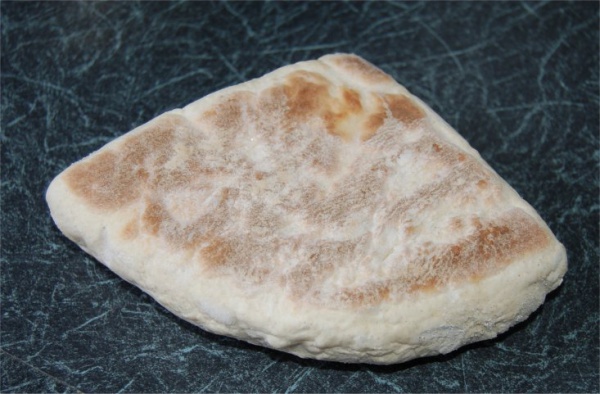Facts About Soda bread
Soda bread is a quick and easy type of bread that doesn’t rely on traditional yeast for rising. Instead, it uses baking soda (sodium bicarbonate) for leavening. The primary ingredients are straightforward: flour, baking soda, salt, and buttermilk. When buttermilk interacts with the baking soda, it generates carbon dioxide bubbles, causing the bread to rise. You can also add extras like butter, eggs, raisins, or nuts to enhance the flavor.
One of the best aspects of soda bread is that it’s quick to make. You don’t need to be an experienced baker or worry about maintaining precise temperatures, unlike yeast breads.
To make soda bread, you'll need coarse flour, which can be white, wholemeal, or a blend of both. There's no need to knead the dough—overworking the dough can actually make it tough. Buttermilk or sour milk is traditionally used because it reacts well with the baking soda. Some recipes might also include olive oil, eggs, or sweeteners like molasses, sugar, treacle, or honey.
Soda bread has roots in early European settlements in America, where settlers used soda or pearl ash as leavening agents. It gained popularity in the U.S. in the late 18th century because it was an economical and quick way to make bread. In Ireland, soda bread has a rich history and is typically made with soft wheat flour and buttermilk. Each region in Ireland has its own variation of the recipe.
In Scotland, you’ll find versions like bannocks and farls, which use baking powder or baking soda for leavening. Traditional soda farls are often part of a hearty Scottish breakfast. In Serbia, making soda bread can be somewhat ritualistic, sometimes involving placing a coin in the dough for good luck. In Australia, a similar bread called damper, favored by farm workers, serves as a quick and easy bush bread.
